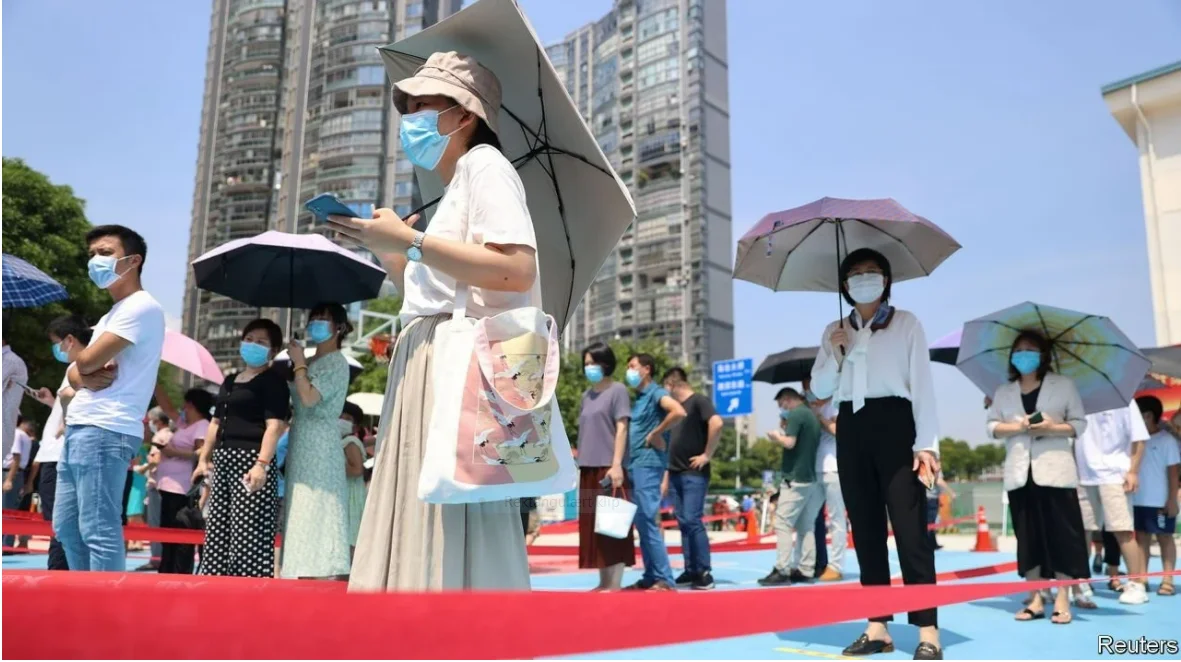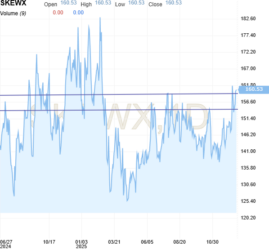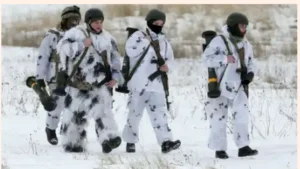Faldet i den kinesiske vækst i 3. kvartal var ventet, men ABN Amro konstaterer, at faldet i væksten er selvskabt. Det skyldes f.eks. den barske indsats mod Delta-varianten, energipolitikken og indgrebet mod de voldsomme investeringer i ejendomssektoren. Banken venter, at centralbanken vil lempe pengepolitikken en smule, og at de lokale regeringer vil stimulere økonomien for at afhjælpe de aktuelle problemer.
China’s self-inflicted slowdown

China Macro – Growth in Q3 slows as expected
This morning, China’s real GDP numbers for Q3 came in close to – but slightly below – consensus expectations including ours. As expected, quarterly growth slowed significantly compared to Q2, falling to 0.2% qoq sa (ABN AMRO: 0.3%, consensus 0.4%, Q2: 1.2%). Annual growth came in slightly below expectations, at 4.9% (Q2: 7.9%).
The main driver of the slowdown was the renewed tightening of mobility restrictions, and the imposition of regional lockdowns following a Delta outbreak in July, during a normally busy travel season. The government’s zero tolerance approach versus Delta – directed at eliminating all cases, despite China’s relatively low case numbers from an international perspective – had a sharp, though rather short-lived, impact on activity in the services sectors.
Reflecting this, the services PMIs of both Caixin and NBS dropped sharply below the neutral 50 mark in August, with both indicators rebounding quickly to expansion territory again in September. With restrictions being eased and the full-vaccination rate now at 75%, we still expect some payback and a pick-up in quarterly growth in Q4.
Still, headwinds have risen in real estate (partly reflecting the Evergrande fall-out) and from a power crunch. These are also partly self-inflicted, following measures to reduce risks (real estate) and pollution (power).
Retail sales and exports strengthen, industrial production and investment soften
All of this is also reflected in the September activity data published today as well. Reflecting the easing of Covid-19 related restrictions, growth of retail sales came in stronger than expected at 4.4% yoy (consensus: 3.5%, August: 2.5%). Earlier this month, exports (+28.1% yoy) had also surprised to the upside (consensus: 21.5%, August: 25.6%).
By contrast – partly reflecting the rising headwinds from real estate and the power crunch – industrial production growth slowed to a ‘post-pandemic’ low of 3.1% yoy (consensus: 3.8%, August: 5.3%). Fixed asset investment decelerated as well, to 7.3% yoy ytd (consensus: 7.8%, August: 8.9%), partly driven by weaker property investment.
Further piecemeal easing expected
All in all, downside risks to growth in Q4 and to our 2021 growth forecast of 8.3% have risen. We still think that the government will turn to a moderate, piecemeal easing of monetary and fiscal policies, to stem downside risks to growth to some extent.
While the rather unambitious growth target for 2021 of ‘above 6%’ will certainly be reached, policy inaction would raise the risk of annual growth in 2022 (our forecast: 5.5%) falling below Beijing’s preferable trajectory. The official growth target for 2022 will be announced at the annual National People’s Congress in early March 2022, although a glimpse of the government’s intentions may be spotted during the Central Economic Working Conference in December.
We still expect another 50bp RRR cut in the coming months, and moderate fiscal support – by increasing the room for local governments to step up infrastructure spending.




